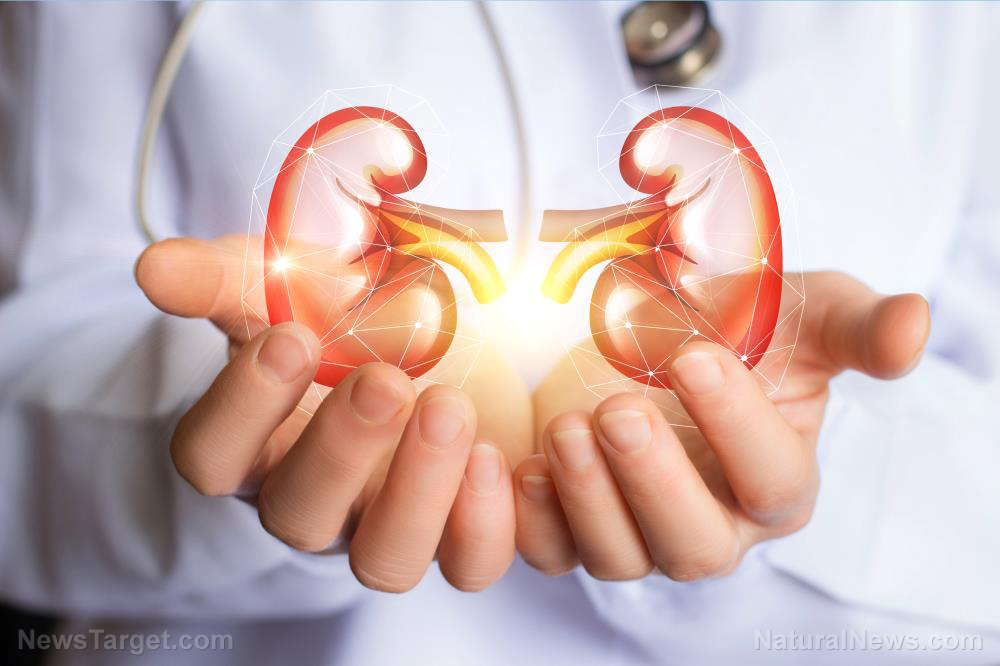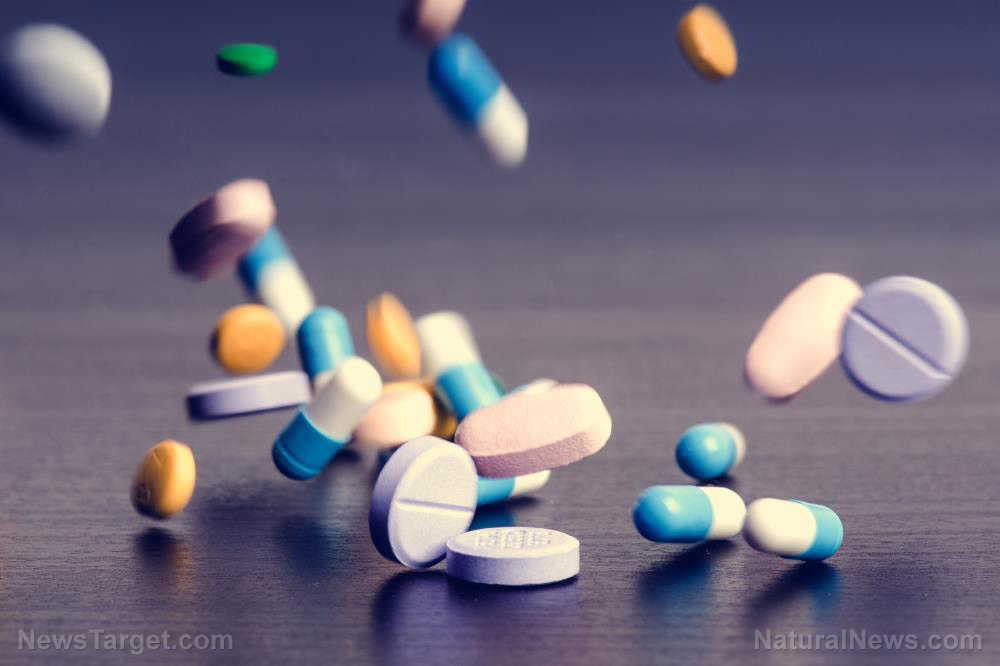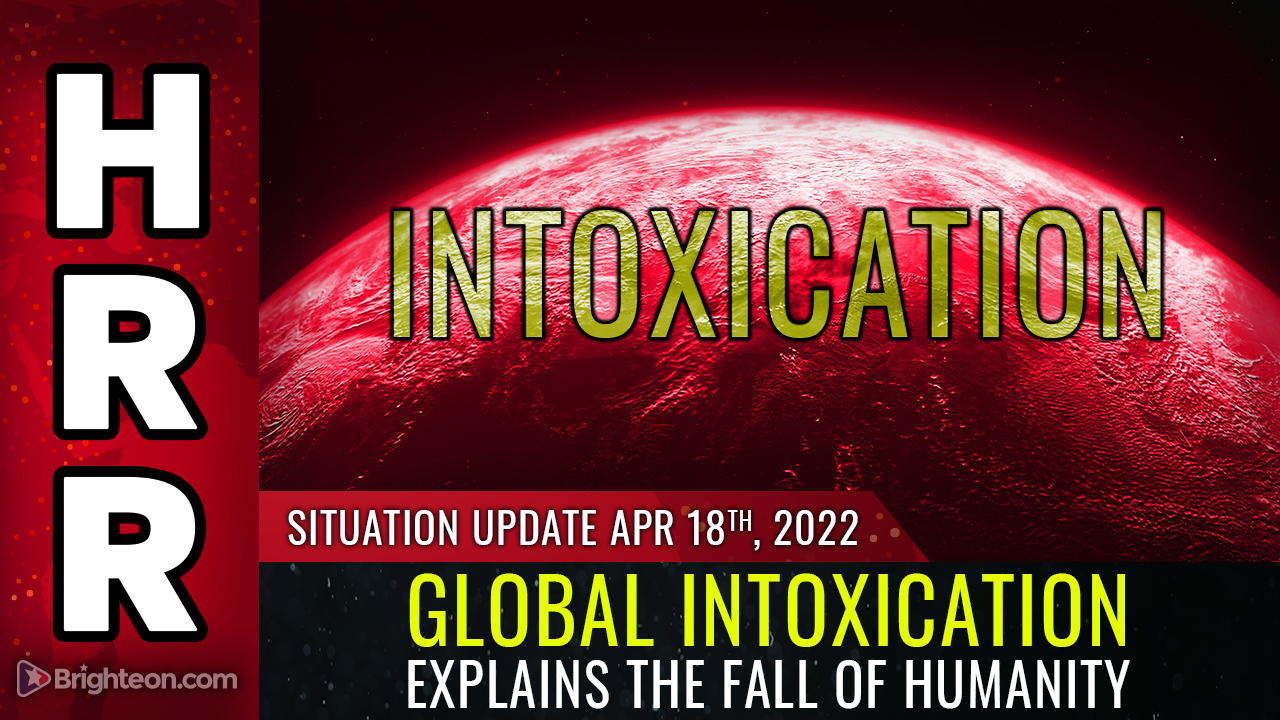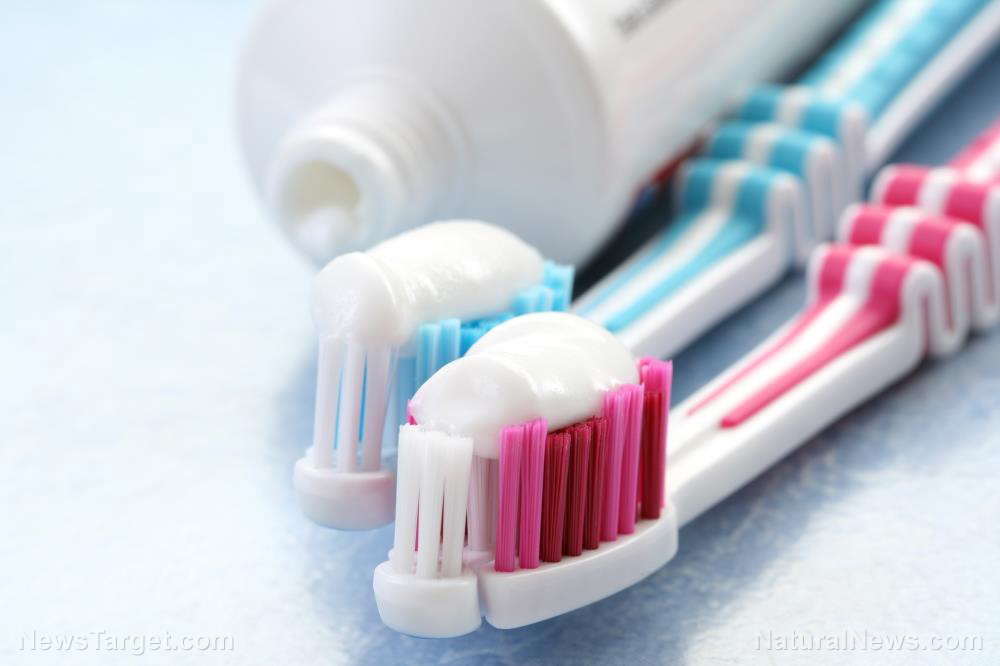REPORT: Bottled water TEEMING with microplastics
06/25/2020 / By Divina Ramirez

Plastic contamination is rampant in bottled water. This was the disturbing conclusion of a recent study, published in Frontiers in Chemistry, that analyzed samples from 259 bottles of water sold across the globe.
Researchers from the State University of New York at Fredonia found that 93 percent of the samples contained small, often microscopic, particles of plastic called microplastics. The team classified 65 percent of these microplastics as fragments, noting that some of them were visible to the naked eye.
Bottled water contains microplastics
The team gathered bottled water samples from 11 different global and national brands in countries chosen for their large populations or their high consumption of bottled water. These countries included the U.S., China, Brazil, India, Indonesia, Mexico, Lebanon, Kenya and Thailand.
During testing, samples from each brand demonstrated different microplastic concentrations, likely due to factors that might affect the occurrence of plastic particles, such as the manufacturing process itself. Nonetheless, the team found an average of 325 microplastic particles per liter of bottled water across all the brands tested.
To screen the samples for microscopic plastic particles, the researchers used a Nile red dye solution that binds to plastic. It also fluoresces under infrared light, rendering the plastic particles more visible under the microscope.
Upon examination, the team found that samples of the brand Nestle Pure Life had the largest average concentration of microplastics out of all the brands tested. One sample from this brand was found to contain a staggering excess of 10,000 microplastic particles per liter of water. Also, only 17 of the 259 samples tested did not contain microplastics.
These results generated headlines in 2018, prompting the World Health Organization (WHO) to investigate the potential impact of microplastics on human health. Back then, the report had not been submitted for publication in a scientific journal. Instead, it had been released by journalists from the nonprofit organization Orb Media.
The impact of microplastic pollution
The problem of microplastic contamination is far bigger than bottled water. When improperly disposed of, large pieces of plastic, called macroplastic, can eventually break down into smaller particles that become more difficult to detect and eliminate.
A recent study published in Nature Geoscience found traces of microplastic fragments and fibers moving through the air of the remote Pyrenees Mountains in France. This finding underscores the fact that microplastics are beginning to spread to non-urban settings that might not have had plastics in the first place.
But more concerning still is the result of a small 2018 study that analyzed the stool samples of eight participants from Europe, Japan and Russia. Each sample had been found to contain microplastic particles. Based on their findings, the researchers estimated that more than 50 percent of the world’s population might have microplastics in their stool.
If so, this comes as no surprise. Traces of microplastic fragments and fibers are becoming increasingly common in fish, shellfish and other marine animals due to plastic pollution. These particles can then end up in the human gastrointestinal tracts upon consumption of the contaminated fish. (Related: Microplastic pollution is changing ocean ecosystems.)
Do microplastics affect human health?
Scientists are still unsure if microplastics affect human health. In fact, the WHO-led investigation into the potential effects of microplastics on human health yielded no significant results.
But this isn’t to say that microplastics are entirely harmless. Preliminary animal studies found that pregnant rodents can pass microplastics onto their unborn offsprings. In particular, microplastics can cross the placental barrier, enter the fetal compartment and reach fetal organs.
Besides ingestion, microplastics can also enter the body through inhalation. Depending on their size, the plastic particles might be able to pass through tissues and enter the bloodstream and organs. If so, these particles can remain in the body undetected for long periods.
In addition, while scientists have yet to find definitive proof, plastics and other chemical pollutants have also been implicated in chronic conditions like heart disease, diabetes and cancer.
Plastic bottle pollution: Impact and potential solutions
Current studies on microplastics indicate that plastic pollution is a global problem that might pose serious health risks and environmental hazards. For instance, a 2017 study found that 79 percent of all the plastic produced to date has ended up either in landfills or in nature.
But plastic pollution is not a lost cause. It’s possible to curb the spread of microplastics and avoid their potential effects on health by forgoing bottled drinks altogether. It also helps to abstain from using single-use plastics, such as plastic bags, straws, coffee stirrers and utensils.
Learn more about the environmental impact of microplastics and other particulate matter at Pollution.news.
Sources include:
Submit a correction >>
Tagged Under:
Bottled Water, diabetes, heart disease, microplastics, particulate matter, plastics, single-use plastics
This article may contain statements that reflect the opinion of the author
RECENT NEWS & ARTICLES
COPYRIGHT © 2017 POISON NEWS

















